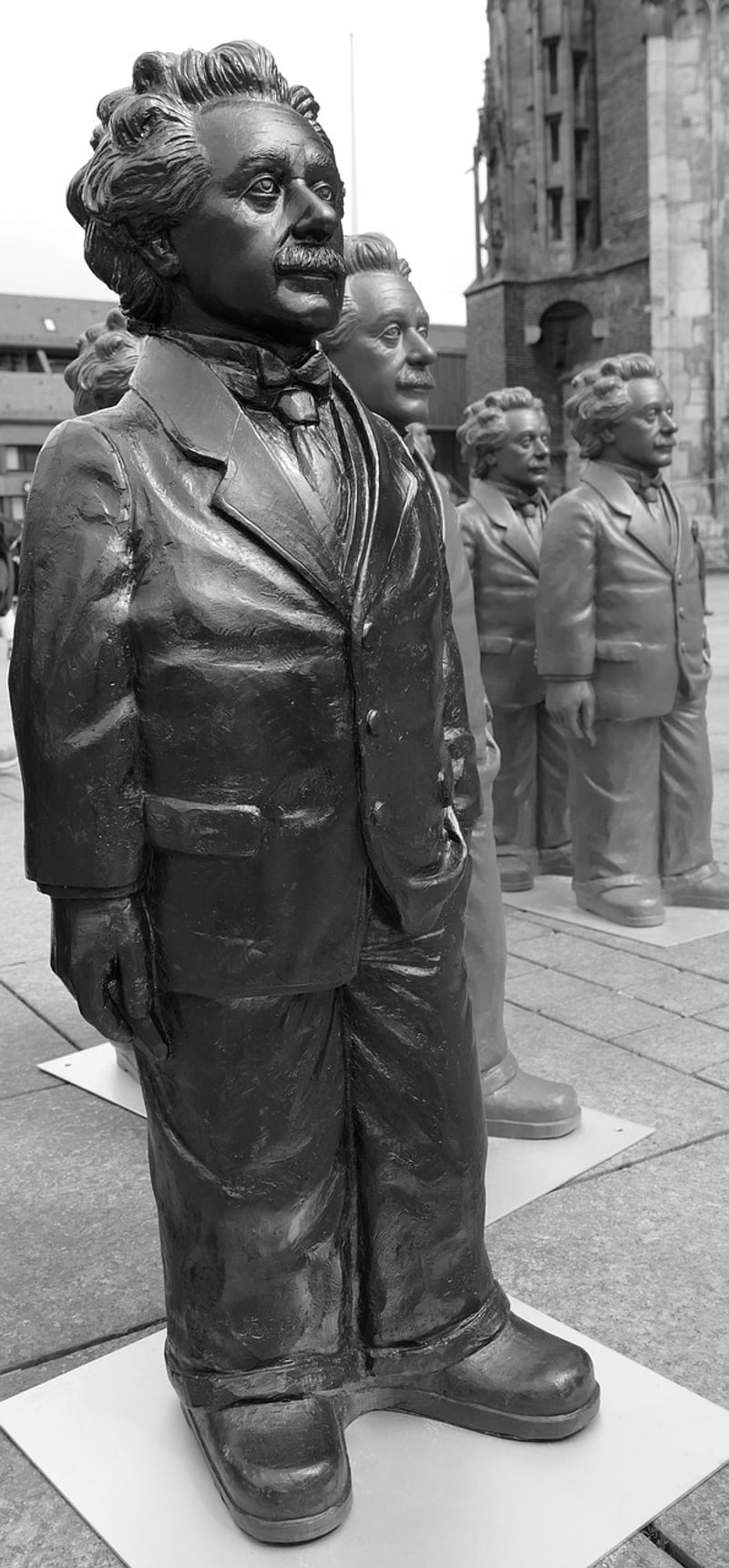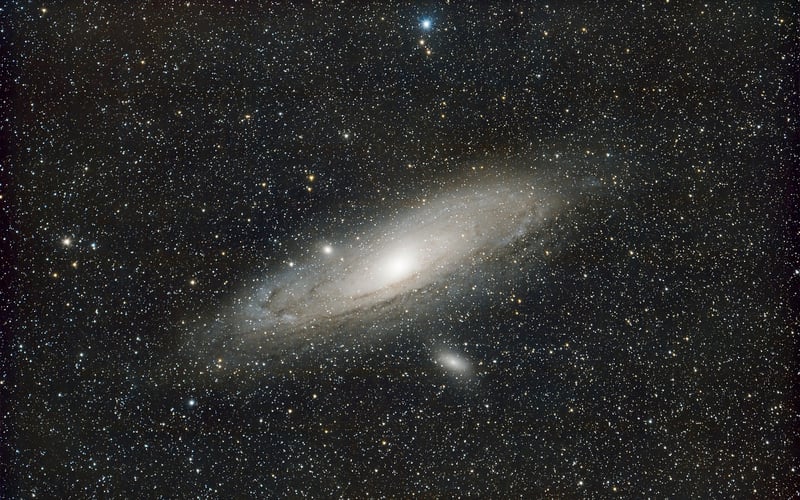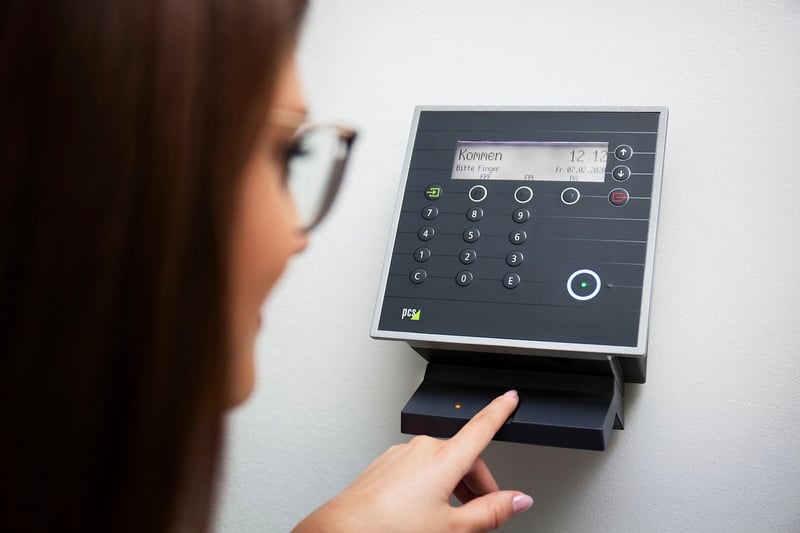Time Warping Devices
Mechanisms for Time Travel and Time Warping Devices
Introduction
Time travel has long been a fascinating concept in science fiction, capturing the imagination of many. While still a theoretical possibility, various mechanisms have been proposed to achieve time travel or simulate its effects through time warping devices.
1. Wormholes
One of the most popular theoretical methods for time travel involves the use of wormholes. These hypothetical tunnels in spacetime could connect distant points in the universe, potentially allowing for a shortcut through both space and time.

2. Time Dilation
According to Einstein's theory of relativity, time dilation occurs when an object is moving at speeds close to the speed of light or in the presence of strong gravitational fields. This effect could result in time moving differently for the traveler compared to those outside the influence.

3. Tipler Cylinder
The Tipler Cylinder is a hypothetical device proposed by physicist Frank J. Tipler. It involves a massive rotating cylinder that could theoretically twist spacetime in a way that allows for time travel into the past.

4. Alcubierre Drive
The Alcubierre Drive is a speculative concept that involves creating a warp bubble in spacetime. By contracting space in front of the ship and expanding it behind, the spacecraft could potentially travel faster than the speed of light, effectively enabling a form of time travel.

Conclusion
While time travel remains a theoretical and speculative area of study, the exploration of various mechanisms like wormholes, time dilation, Tipler cylinders, and the Alcubierre Drive continues to inspire scientific inquiry and fuel the imagination of both scientists and science fiction enthusiasts.
Remember, these concepts are purely theoretical, and their practical realization, if possible, would require advancements far beyond our current scientific understanding.
